It's time to think smart(er) about youth sports
March 09, 2016
Is change coming?
The drive to compete is ingrained in the human DNA and is deeply rooted in our culture. This drive has changed the way youth athletics is played in the United States as well as worldwide. Children are being pushed to concentrate on becoming experts in their respective sports and perform at high levels. While we disagree with pushing our kids to specialize in one sport and start so young, we also understand that this is the reality of the world we live in. This drive to compete has instigated serious conversations about the safety of youth athletes in the United States. As designers of athletic fields and former athletes, Traverse Landscape Architects is constantly striving to improve the human interaction with sports and contribute to making a more enjoyable/safe experience for everyone involved. Recently we were discussing how technology could impact the future of athletes and we developed these five concepts:
1.0 SMARTer GEAR……….……….…………
My brother-in-law’s cannot run 100 feet without knowing their heart rate, distance, pace, split and exact geo-location. Now with the introduction of wearable technology, products can provide us with instant information regarding our heart rate, distance, calories burned, steps and sleeping patterns. This same technology could be used to provide coaches, trainers and athletes with real time data on their athlete’s biometrics. This wearable technology could be used to develop acceptable ranges of stress on the athlete through the data collections of fatigue, dehydration, and heart rate. The information could be transmitted to coaches or trainers on a mobile device allowing them to make educated decisions about the player’s physical state, potentially reducing the susceptibility to injury.
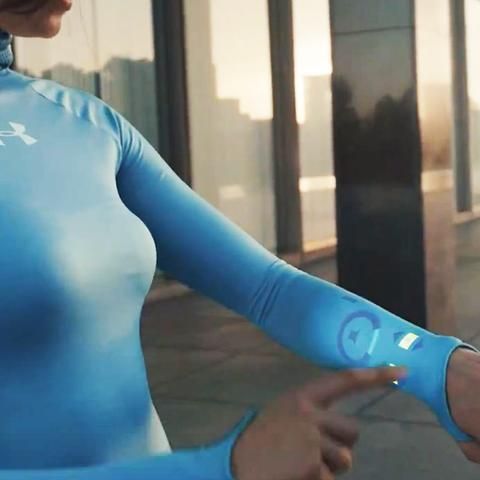
2.0 SMARTer FIELDS………………………..
The synthetic turf industry has been focused on creating a surface that imitates natural grass, but is safer and performs better. Advancement in technologies like shock pads have shown their ability to reduce a player’s impact with the surface. What if that same field incorporated technology that could provide data on an athlete’s impact with the surface? Coaches and trainers would be able to evaluate the athlete’s reaction to impact including the number of contacts an individual has with the surface and the severity of the impacts. Owners of synthetic turf have also been challenged with proper maintenance of the surface which is critical to the safety of the playing surfaces. With sensors in the field, evaluation of the synthetic turf’s performance could provide data on areas that need to be addressed reducing the guess work of maintenance.
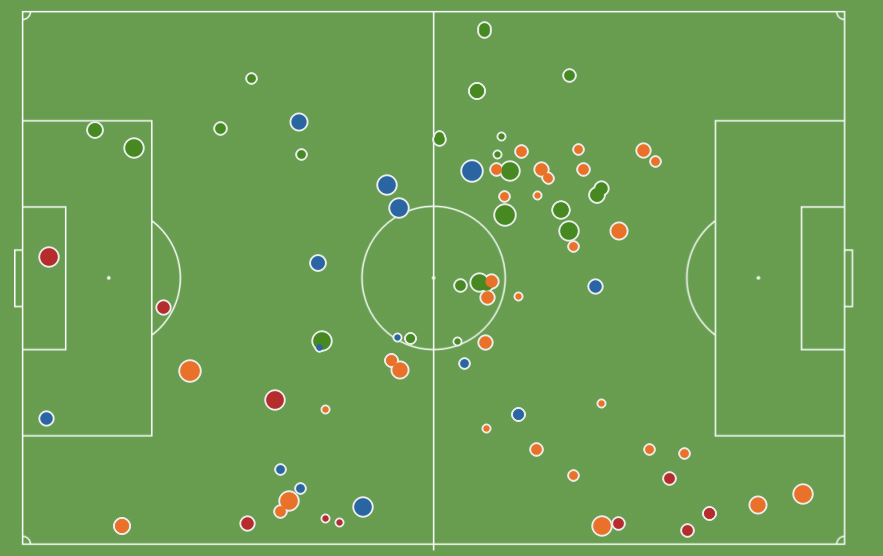
3.0 SMARTer INFILL..………………………..
With all of the recent discussions regarding crumb rubber and the safety of the materials that are used for the infill of fields, the future of infill should include materials that are safe and have no impact on human health. Turf infill products should also have the ability to modify based on the sport being played on the field. Discovery of a material that can expand and contract to meet the firmness needs of multiple sports, but can be dialed in to cater to one sport would change the dynamic of the field. Fields could be adjusted to play fast for field hockey with a more compact surface and a short pile height, and then be modified to create a firm cushioned surface for soccer with a longer pile height. This type of system could help to reduce the potential for injury to the lower extremities and back. A surface that would be truly dialed in to the needs of the athlete.
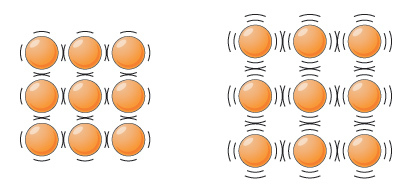
4.0 SMARTer SUSTAINABILITY…………..
Synthetic turf fields currently provide a single stream of recycling. The future of manufacturing and installing fields should follow the cradle to cradle manufacturing process. The growth of Synthetic fields has become popular in communities because of the increased availability of use and the reduction of land requirements to build multiple fields. As more square feet of surfacing is installed each year, more materials will need to be deferred from the land fill and into a recyclable material or preferably a new field. Additionally, as new fields go in, older natural grass fields could come off-line and be converted back to natural landscapes reducing the overall impact of the footprint of multiple fields.
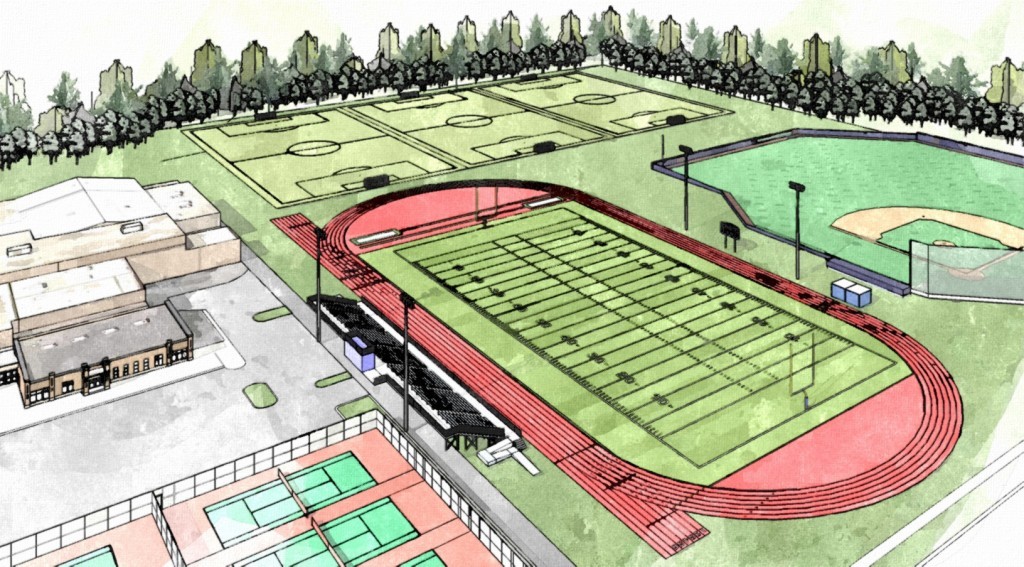
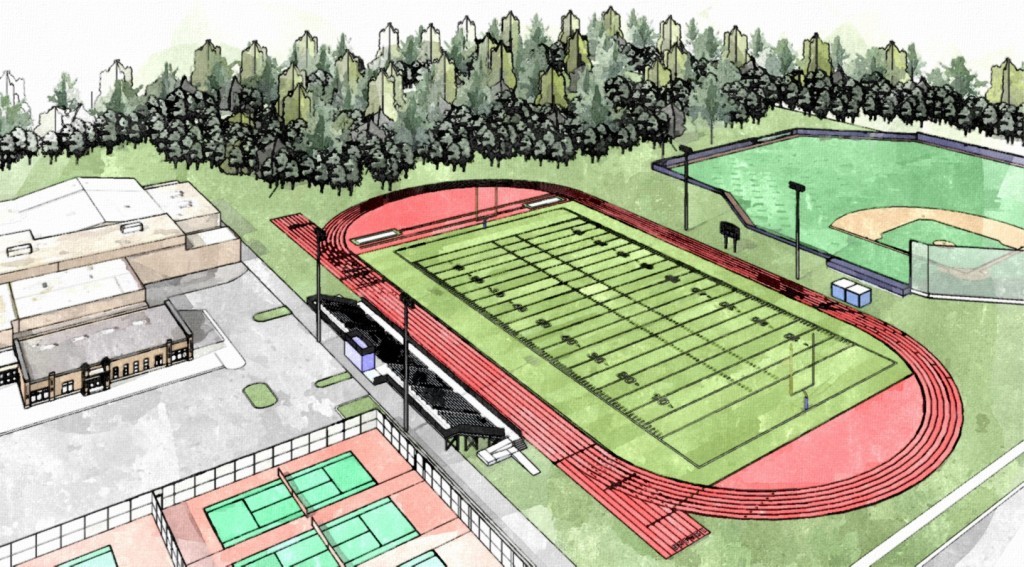
5.0 SMARTer ASSESSMENT…..…………..
Most youth sports coaches are not doctors and have little to no medical training. Most youth sports practices don’t have a trainer in attendance. Coaches are left to evaluate injuries in the field on their own. Development of tools for coaches to evaluate an athlete for potential injury in the field could provide an invaluable assessment, avoiding the potential for further irreversible injury.
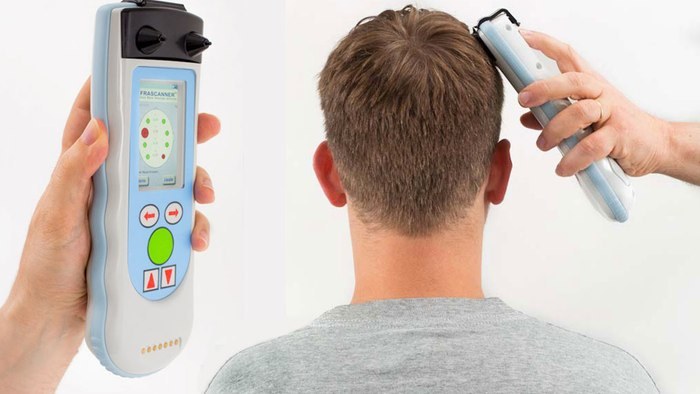
Traverse Landscape Architects is committed to improving the built environment and enhancing human experience through design. As part of our practice, we are continually focused on innovation in the design of athletic facilities to improve the experience of both players and spectators. The continued development and search for innovation is ingrained in our practice.
“It’s easy to come up with new ideas; the hard part Is letting go of what worked for you two years ago, but will soon be out of date”
-Roger Von Oech


